Sciatica
Sciatica refers to pain and other symptoms that start in the hip and travel down into the leg. The condition can range from slightly irritating to completely crippling, and if left untreated can continue to worsen and make the daily tasks of living go from difficult to impossible. Whatever the degree of sciatica you are experiencing at the very least you would probably rather live without it.
Fortunately, you can take measures to prevent or relieve most episodes. If prevention fails, safe and effective treatment along with guidance on proper body mechanics often will resolve symptoms within a few weeks and keep you functional. In most cases early treatment intervention often leads to the best outcomes.
If you have been suffering from mild to severe sciatica in Collingwood, then seeking treatment earlier than later is always a good move. The information below is meant to help inform you, but we highly recommend that you seek a professional opinion to properly diagnose these issues.
Quick Links
Symptoms
Some sciatica sufferers experience a back pain episode which quickly turns into sharp and intense hip pain while a good portion of others start with only hip pain. As the condition worsens the pain begins to travel down the leg. Other symptoms such as leg and foot numbness or weakness are present in more severe conditions involving the nerves. The pain can worsen with certain movements such as bending forward and sitting while others may experience it with leaning backwards and walking. Leg pain can be the most intense at night and in the morning.
When to see a doctor
Sciatica is a significant symptom that often does not improve on its own. If left untreated repeat episodes that occur with increasing frequency, severity and the time it takes to feel better become common. Early intervention is the key to a successful outcome so contact a doctor if you have any of the symptoms above or conditions listed below.
In rare cases, sciatica can signal a serious medical problem. Seek immediate care if you have new bowel or bladder problems, a fever or unexplained weight loss, or have suffered a traumatic fall or blow to your back.
Causes
Sciatica has come to imply one of several conditions where injury originating in the hip and/or back radiates pain down the leg as far as the foot. It can involve the spinal nerves, spinal discs, joints of the back and hip, and muscles of the back, hip and leg. The following explains some of the most common conditions that cause sciatica.‘
Sciatica originating from the back
Intense, sharp and stabbing type pain starting in the hip and/or lower back that travels down the back of the leg to at least the calf with numbness and weakness in the foot are signs of true sciatic nerve pain. It can begin after bending over to lift something, sneezing or come on gradually. Both a disc herniation and spinal stenosis can produce these symptoms, but are treated quite differently so it is important to seek a professional diagnosis. This extremely painful condition can take a long time to resolve without intervention, however it responds well to treatment.
Sciatica originating from the hip
Hip pain that produces a sharp at times, but generally dull ache down the leg during or after activity such as running or simply sitting and driving a lot can produce ‘pseudo’-sciatica symptoms that mimic sciatic nerve pain, however the pain is typically the only symptom and usually travels as far as the thigh, but no further. In a small percentage of people the sciatic nerve travels through in the back of the hip called the piriformis which can compress the nerve enough to produce nerve symptoms down the leg. Sciatica coming from the hip muscles and joint responds quite well to treatment.
Sciatica during pregnancy
Sciatica during pregnancy can be a common symptom related to the additional strain on a mother’s back and hips combined with greater fluid retention. It tends to be more common if hip or back symptoms have been an issue in the past. Although most mothers report relief of sciatica symptoms almost immediately after childbirth, suffering from symptoms throughout the pregnancy is not necessary. It is common for an obstetrician or midwife to refer a patient for safe and drug-free treatment during this time. Pregnancy can increase risk factors for other causes of leg pain so a proper diagnosis is essential.
Other causes of sciatica
Even still, other conditions can cause symptoms often mistaken for sciatica. Joint pain in the pelvis has the potential to refer into the buttock or part way down the leg. Muscle strain of the lower back, hip and especially hamstrings can often be confused for sciatica, but can easily be distinguished by history and physical exam.
Risk factors
Risk factors for sciatica include:
- Age. Age-related changes in the spine, such as herniated discs and bone spurs, are the most common causes of sciatica.
- Obesity. By increasing the stress on your spine, excess body weight can contribute to the spinal changes that trigger sciatica.
- Lack of exercise. Weak, unused muscles in your back and hips.
- Repetitive exercise. Overuse of the muscles and joints of the back and hips from high impact repetitive activities.
- Prolonged sitting. People who sit for prolonged periods or have a sedentary lifestyle are more likely to develop sciatica than active people are.
- Occupation. A job that requires you to twist your back, carry heavy loads or drive a motor vehicle for long periods might play a role in sciatica.
- History of back pain. Those with a history of back pain episodes are more likely to have sciatica symptoms.
- Diabetes. This condition, which affects the way your body uses blood sugar, increases your risk of nerve damage.
Sciatica Testimonial
"It was on a recommendation from my son that I began to see Adam for treatment. I had been suffering from a lengthy bout of very painful sciatica and was requiring the use of a cane to help with my mobility. Alongside my weekly sessions, my family practitioner prescribed medication in an effort to manage the pain. Adam had also set up an exercise programme, amended twice to meet my needs. When I later began the process of decreasing the medication, I knew Adam's treatment had been successful....no pain and no cane!! I will continue with some periodic monitoring and ensure completion of the daily stretches and exercises. I've since recommended Adam to a friend."
Diagnosis
Your doctor will collect information about your sciatica and lifestyle prior to your appointment and then use this to guide an assessment on how certain movements and positions affect your pain. Special orthopaedic tests and palpation help determine what is injured and painful. The doctor uses this information to help rule out more-serious causes.
The diagnosis identifies both where the pain comes from as well as the underlying cause. The best treatment approach is then determined and communicated to the patient along with the required dosage and the expected degree of recovery with and without treatment.
Advance diagnostic tests
Advanced diagnostic testing can provide some further insight. This testing alone however can sometimes be misleading when identifying the origin of the pain as many findings can also be found in individuals with no pain. Waiting for testing to be ordered and performed can delay essential treatment and often does not lead to better outcomes or change the prescribed treatment plan. Some patients become focused on testing and are either let down when it does not lead to an immediate solution or give up and accept pain choosing to do nothing about it when it could in fact respond very well to treatment.
When advanced testing may be necessary
If sciatica is not responding to, or worsens despite, appropriate treatment or your doctor feels there is reason to suspect a more serious cause they may order one or more of the following tests:
- X-ray. These images show the alignment of your bones and whether you have arthritis or broken bones. These images alone won't show problems with your spinal cord, muscles, nerves or discs.
- MRI or CT scans. These scans generate images that can reveal herniated discs or problems with bones, muscles, tissue, tendons, nerves, ligaments and blood vessels.
- Nerve studies. Electromyography (EMG) measures the electrical impulses produced by the nerves and the responses of your muscles. This test can confirm nerve compression caused by herniated discs or narrowing of your spinal canal (spinal stenosis).
Treatment
Early treatment intervention when symptoms are mild often leads to the best results with the least amount of suffering. The prevention and self care strategies learned during the course of treatment can reduce the occurrence or severity of future episodes and the risk of chronicity and long term disability.
Pre-treatment recommendations
While awaiting a consultation with a doctor there is some basic common sense advice that can ease sciatica:
- Do not wait until the pain worsens or reaches extreme pain levels prior to seeking care, early intervention is the key to the best results.
- Stop the offending cause. Sometimes this requires keeping a log of what seems to increase the pain.
- Keep moving. Do not be afraid of activity as sitting and bed rest may be making your pain worse. Light walking and changing positions often are two good strategies.
- Find positions of relief. Certain postures and positions likely increase your pain while others provide relief. Find those that relieve your pain and spend more time in them.
Conservative (non-surgical) treatment
There are many conservative treatment approaches backed by a substantial body of evidence, however it is never a one-size fits all approach that works for everybody. The mechanism of injury, degree of symptoms, patient age and other pre-existing conditions often guide your doctor's choice in the type of treatment they recommend. Treatment should aim to provide immediate pain relief within the comfort level of the patient and progress to addressing causative factors. Conservative treatment approaches often include one or a combination of the following:
- Education. What activities and postures to stop to decrease your pain and allow healing.
- Exercises. Designed first to relieve pain and increase your mobility then strengthen your back and hip muscles to provide protection and support.
- Muscle Releases. Massage and hands-on stretches to relieve pain and relax the muscles surrounding the back, hip and leg.
- Joint Releases. Stretches or adjustments of the joints in the back and hip to relieve pain, restore motion and decrease tension.
- Acupuncture. The insertion of ultra-thin needles in the muscles to relieve pain and stimulate healing.
- Medications. Anti-inflammatories, muscle relaxants, oral and topical pain relievers, narcotics and anti-depressants as directed by a physician.
Treatment is delivered in a specific dosage based on the stage of healing and other factors. Adherence to the prescribed treatment plan is often as important as the treatment type.
Surgical and other procedures
If symptoms show no change or worsen despite sound conservative treatment approaches after several weeks, your doctor might suggest an alternative treatment approach, stronger medications, advanced imaging or other procedures including surgical consultation. More invasive procedures used to treat sciatica may include:
- Cortisone injections. Injection of cortisone — a strong anti-inflammatory drug — plus a numbing medication into the space around your spinal cord helps decrease inflammation around the nerve roots, but the pain relief usually lasts only a month or two.
- Radiofrequency neurotomy. A fine needle is inserted through your skin near the area of pain sends radio waves that damage the nearby nerves and interfere with the delivery of pain signals to the brain.
- Implanted nerve stimulators. Devices implanted under your skin can deliver electrical impulses to certain nerves to block pain signals.
- Surgery. If you have unrelenting pain associated with radiating leg pain or progressive muscle weakness caused by nerve compression, you might benefit from surgery. These procedures are usually reserved for pain related to structural problems, such as narrowing of the spine (stenosis) or a herniated disc that fails to respond to other therapy.
Buyer beware
Because sciatica is so common, numerous products promise prevention or relief, but what works for one person may not work for another. There are many contributing factors that need to be addressed and you cannot buy your way out of making the necessary lifestyle changes.
Also, be wary of Dr. Google, I hear he got his medical degree online and attempting to self-treat without a proper diagnosis is often ineffective and potentially dangerous.
Sciatica Testimonial
"The biggest improvement is the strength and flexibility. I have gone from not being able to walk without considerable pain to, now, being able to power walk for an hour or more pain free, and the strength is back to a more normal level. The exercise program and treatments really made an enormous difference."
Doctors and therapists
Muscle & Spine has one of the most experienced staff in Collingwood Ontario with an expertise in the management of sciatica. Staff are skilled in dozens of techniques and treatment approaches and work together with your other healthcare providers to ensure quality care and a successful recovery.
Dr. Adam Martynuik
Chiropractor, kinesiologist and experienced personal trainer Dr. Adam Martynuik has dedicated his career to treating the spectrum from professional athlete to working professional for spine and related…
Read MoreDr. Mack Gingerich
Chiropractor and experienced first responder Dr. Mackenzie Gingerich is an expert in the treatment of acute and chronic neck and back conditions. He has advanced experience in the treatment of hockey and…
Read More

